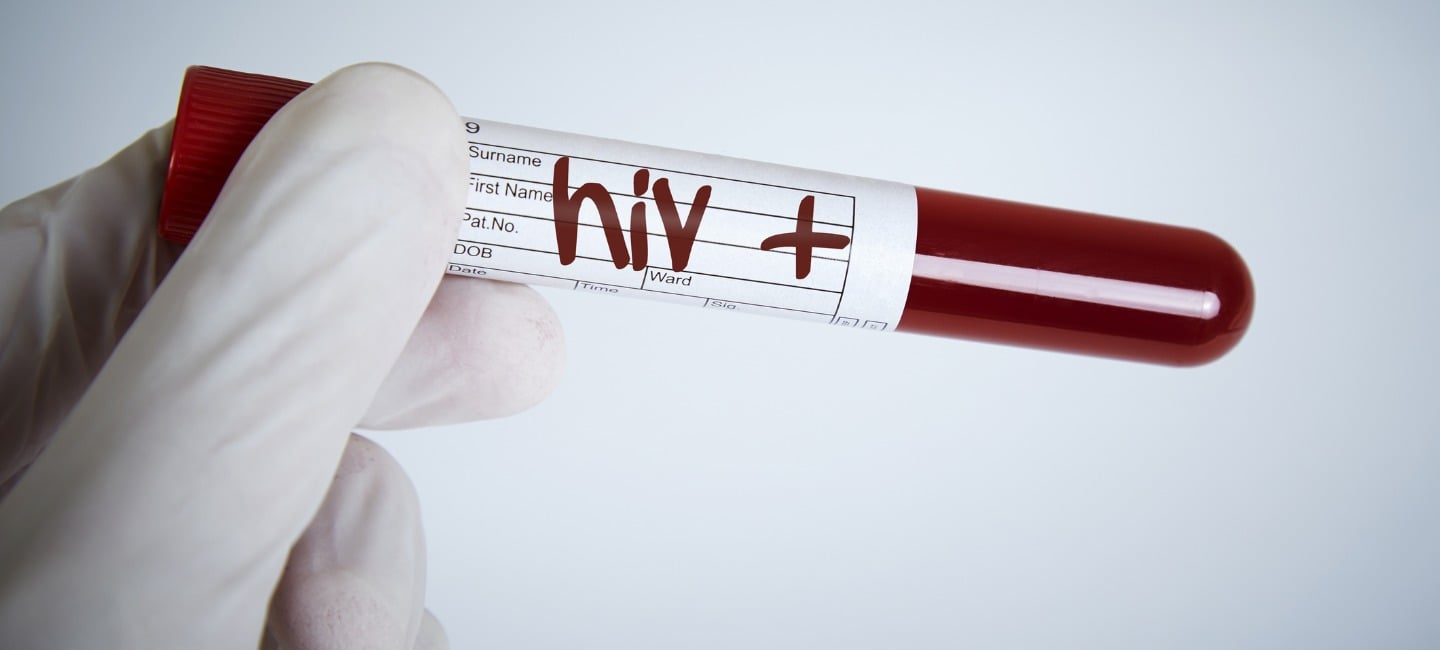Treating Precancerous Growths Cuts Risk of Anal Cancer in People with HIV
Treating anal precancerous growths in people with HIV reduces their risk of developing anal cancer by more than half, according to a new study. Researchers found that treating these growths is safe and effective for cutting the risk of anal cancer.
Results from the Anal Cancer/HSIL Outcomes Research study were published in The New England Journal of Medicine. Treatment of high-grade squamous intraepithelial lesions (HSIL) to reduce the incidence of anal cancer was compared with active monitoring without treatment. Researchers screened 4,459 people with HIV who were 35 and older for these precancerous growths using high resolution anoscopy and randomly assigned patients to have treatment or active monitoring. The majority of participants were treated with office-based electrocautery, which uses heat from an electric current to destroy abnormal tissue.
After a median follow-up of just over two years, nine cases of anal cancer were diagnosed in the treatment group and 21 in the active monitoring group. The rate of progression to anal cancer was 57% lower in the treatment arm compared to the active monitoring arm.
“We’ve now shown for the first time that treating anal HSIL is effective at reducing the incidence of anal cancer in a very high-risk group of people — people living with HIV,” study leader Dr. Joel Palefsky said in a news release. Palefsky is with the University of California, San Francisco.

Currently no evidence-based recommendations are available for screening and treatment of anal high-grade squamous intraepithelial lesions. This new study could change that.
“These highly anticipated data confirm the efficacy of treating high risk lesions in high risk patients,” said Dr. Julian Sanchez, a colorectal surgeon in the Gastrointestinal Oncology Program at Moffitt Cancer Center. His research focuses on anal cancer and screening programs for high risk patients.
For several years, Moffitt has offered high resolution anoscopy screening for anal cancer in high risk populations such as those living with HIV, patients with high risk HPV infections, gay men and those with significant immunosuppression. Moffitt has one of the highest volume anal cancer screening programs in Florida and collaborates with groups across the Tampa Bay area.
PREVENTING ANAL CANCER
- Anal cancer and its precursor dysplasia lesions are usually caused by HPV.
- The Centers for Disease Control recommends HPV vaccination with Gardasil for everyone younger than 26.
- The HPV vaccine is available to people ages 26-45 after discussion with their doctor.
- The cost per dose is about $250. Insurance typically covers this for children. Check with your insurance company to see if this is covered for those ages 26-45.
- Timely vaccination may prevent HPV infection and resulting HPV-associated cancers.
- The HPV vaccine is a series of two or three doses, depending on the age at initial vaccination.
Anal cancer is the fourth most common cancer among people with HIV, according to the National Cancer Institute. Nearly all cases of anal cancer are caused by cancer-causing types of the human papillomavirus. Lingering infections lead to high-grade squamous intraepithelial lesions, which in some cases develop into anal cancer. HPV vaccination can prevent new anal HPV infections.
The study also highlights the need for additional training of health care providers, as well as more research on effective approaches for screening and treating high-grade squamous intraepithelial lesions.
Researchers have developed a biorepository of tissue samples from the study participants. Samples will be analyzed to identify potential biomarkers for who should be screened for high-grade squamous intraepithelial lesions, as well as to investigate the biology behind how these precancerous growths progress to anal cancer.
Anal cancer is preceded by high-grade squamous intraepithelial lesions. Whether HSIL treatment reduces progression to anal cancer is unknown. New research findings are summarized in a short video. https://t.co/0QCkT6MOK9 pic.twitter.com/UYKCiOFARD
— NEJM (@NEJM) June 18, 2022



